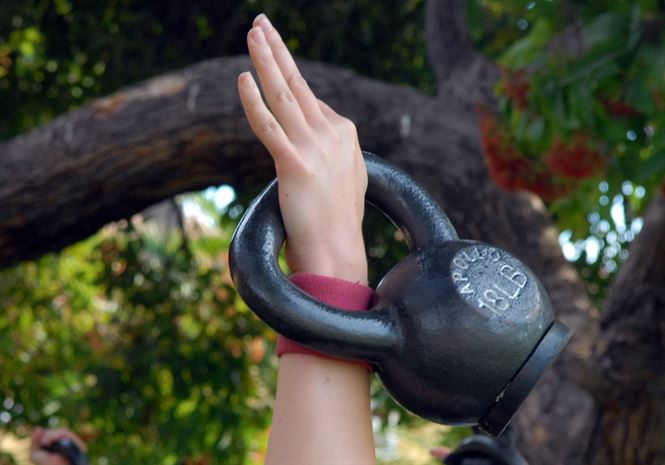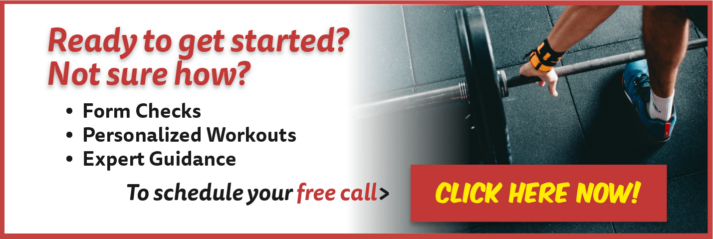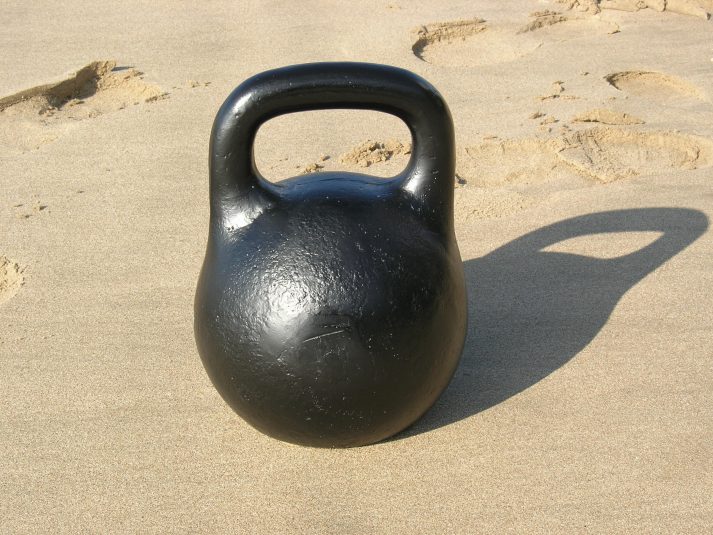http://chriskresser.com/

Like guar gum, xanthan gum is a food additive that’s often used to thicken or stabilize a final product. It’s particularly common in gluten-free baked goods, since it provides extra elasticity to dough that would otherwise be missing.
But what is it? Is it safe to eat regularly? Keep reading to get the facts, along with my take on this food additive.
What Is Xanthan Gum?
Xanthan gum is the product of a bacterial fermentation process. It’s produced when the bacterium Xanthomonas campestris is placed in a growth medium that includes sugars and other nutrients. (1) The resulting compound is then purified, dried out, powdered, and sold as a food thickener.
If you’re on a gluten-free diet, you could be eating xanthan gum. But is it safe? The answer may depend on your allergies. Check out this article for more information about this common food additive.
In addition to its common use in gluten-free baked goods, it shows up in the ingredients list for salad dressings, some supplements and medicines, ice cream, yogurt, pudding, and some sauces.
If You Have Allergies, It Could Be Harmful
The growth medium used to make this thickener can have an impact on how a person reacts to the final product. Occasionally, allergenic substances are used to nourish Xanthomonas campestris. These can include:
- Soy
- Dairy
- Wheat
- Corn
Unfortunately, some manufacturers of xanthan gum (and food products that contain it) aren’t always willing to disclose the growth medium they use—perhaps for proprietary reasons, or because they aren’t entirely sure themselves—leaving food shoppers in the dark. (2) However, if it was produced using one of the substances listed above, this product can carry allergens straight to the consumer.
If you are purchasing your own supply to use in gluten-free baking, contact the manufacturer directly for more information on these potential allergens.
Is It Bad for Your Health?
Overall, there is little evidence that xanthan gum could be harmful to you. Aside from its potential to trigger allergic reactions in some people, studies have generally suggested that it’s safe to eat.
Here’s What the Research Has Revealed
Studies conducted on animals haven’t yielded many concerning results. In one study, rats ate varying concentrations of this food additive for two years. Their overall health remained largely unchanged from the control population except for one difference: They experienced soft stools more often. (3) Both populations showed the same survival rate, growth rate, organ weights, incidence of tumors, and blood markers.
Researchers also exposed dogs to this substance. Again, they weren’t able to find any significant differences, other than occasionally soft stools. Data from an experiment conducted on three generations of rats echoed these findings. Even after eating between 0.25 and 0.50 g/kg each day, there were no notable effects.
Some studies have focused on this additive’s digestive impact. In one such experiment, researchers discovered that rats eating a diet consisting of 4 percent xanthan gum had 400 percent more water present in their intestines. (4) In another study, rats ate an incredibly high dose of the substance—50 g/kg—for four weeks. The water content of their stool and short-chain fatty acid (SCFA) content rose substantially. (In adult humans, as I’ll note later, higher levels of SCFAs may contribute to good gut health.) (5)
In one surprising study, researchers noted some anti-tumor properties of this food thickener. When it was orally administered, it actually slowed cancer growth and prolonged the life of mice with melanoma. (6) It’s not immediately clear why this occurred, but it’s an intriguing piece of information.
What the Data from Human Studies Show
There aren’t many human-based studies on xanthan gum; perhaps they are sparse because the animal studies don’t reveal any cause for concern or urgency for further investigation. However, one study did look at the potential side effects of eating large quantities of this substance in an everyday setting. (7) Five adults—all men without digestive issues—ate between 10.4 and 12.9 g of the additive for 23 days. That’s 15 times the recommended daily amount. Still, researchers only found evidence of:
- Increased fecal bile acid
- Increased stool output and water content
- Decreased serum cholesterol
In another study, volunteers ate 15 g of the substance each day for a total of 10 days. (8) It appeared to act as a potent laxative, as the test subjects experienced gas and a higher stool output.
The researchers in this experiment also examined how their test subjects were able to metabolize this substance. Prior to the test, the fecal bacteria in 12 of the 18 volunteers were able to break down the additive. Afterward, that number jumped to 16. The data also shows that the fecal bacteria that was able to metabolize this food thickener displayed an increased production of SCFAs and hydrogen gas. That means the volunteers’ gut flora was able to quickly adapt in response to this new substance being introduced to the body.
You Should Know: There Is a Possible Health Risk to Infants
There is one population that may be particularly sensitive to this food additive: infants. Several years ago, a number of infants developed fatal cases of necrotizing enterocolitis (NEC) after drinking formula or breast milk that included a thickening agent made with xanthan gum. (9) This product was commonly used in hospital settings to help thicken up breast milk or formula for infants with swallowing problems or acid reflux. A thicker fluid can help infants with swallowing problems by giving them more time to close their airways and reducing the risk of aspirating the milk or formula.
We don’t yet have enough data to firmly prove a connection between this xanthan gum and NEC. However, several papers suggest that it may have contributed to a life-threatening medical condition by increasing the amount of SCFAs in the infants’ still immature intestinal tracts. (10, 11) In healthy adults, SCFAs are an essential component to a healthy colon. However, newborns appear to be extremely sensitive to them. (12, 13) That’s why milk thickeners and any products containing xanthan gum aren’t recommended for babies younger than one year.
Xanthan Gum vs. Guar Gum: What’s the Difference?
Guar gum is another additive that’s used to thicken and stabilize food. While there are some important differences between these two, if you’re allergic to any of the substances commonly used to create xanthan gum (like soy, dairy, wheat, or corn), guar gum may be a viable alternative.
Guar gum is made from the guar bean, native to India and Pakistan. It’s a soluble fiber, and some animal studies have shown that it actually has the potential to reduce body weight and lower blood glucose. (14)
If you have a digestive condition, however, you may want to avoid guar gum. Since it’s derived from a bean, it can cause distressing symptoms if you have irritable bowel syndrome (IBS), small intestinal bacterial overgrowth (SIBO), or other gut health problems.
Should You Avoid Xanthan Gum?
While those with serious allergies or significant digestive issues should steer clear of it, it’s probably fine for most people to eat occasionally. Remember, however, that there is data showing that large quantities of this substance can alter the gut microbiome. While we don’t have evidence showing that these changes have a negative effect on overall health, a disrupted gut microbiome is a common cause of many modern diseases.
If you’re concerned about food additives, I recommend following a whole-food diet. Choosing nutrient-rich, real foods instead of pre-packaged goods is an essential step to avoiding chronic disease. The best way to nourish your body is to eat complete, nutritious foods that don’t require preservatives, additives, or other extra substances.
If your food comes in a box, bag, or bottle, there’s a good chance that it contains ingredients that don’t provide any benefits to your body. In some cases, they may even harm your health.
What are your thoughts on xanthan gum? Do you avoid it, or is it an essential part of your gluten-free diet? Let me know below in the comment section.
The post What Is Xanthan Gum—And Is It Bad for You? appeared first on Chris Kresser.




















 For now classes are 6pm and 640pm at 2840 Wildwood st in the Boise Cloggers studio.
Book your class NOW!
click this ==>
For now classes are 6pm and 640pm at 2840 Wildwood st in the Boise Cloggers studio.
Book your class NOW!
click this ==>








